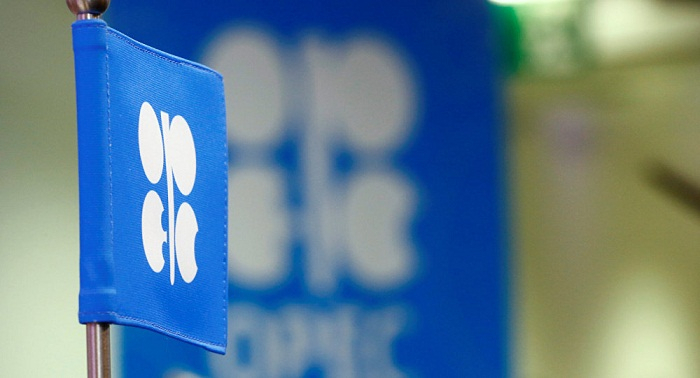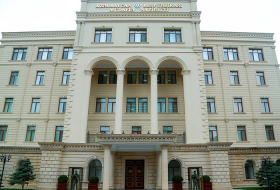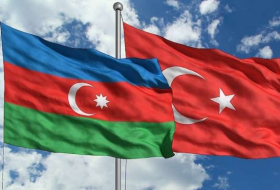The Organization of the Petroleum Exporting Countries, Russia and their allies, a group known as OPEC+, had been widely expected to extend existing oil cuts of 7.7 million barrels per day (bpd), or 8 percent of global supplies, until at least March.
But after hopes for a speedy approval of anti-virus vaccines spurred an oil price rally at the end of November, several producers started questioning the need to keep such a tight rein on oil policy, as advocated by OPEC leader Saudi Arabia.
OPEC+ sources have said Russia, Iraq, Nigeria and the United Arab Emirates have all to a certain extent expressed interest in supplying the market with more oil in 2021.
“Things are heading towards a compromise,” one OPEC delegate said.
Energy Aspects, a consultancy, wrote: “We understand that there has been tentative progress in discussions between OPEC+ members today and that ministers are inching closer to a compromise that should break the impasse.”
Sources have said options now range from a rollover of existing policies to easing cuts each month by between 0.5 million to 1.0 million bpd starting from January, February or March.
Two sources told Reuters the preferred option was a combination of those proposals, initially rolling over existing cuts with a gradual output increase starting in later months.
OPEC+ has to strike a delicate balance between pushing up oil prices enough to help their budgets but not by so much that rival U.S. output surges. U.S. shale production tends to climb above $50 a barrel. Prices are now around $48.
Adding to the challenge within OPEC+, Moscow’s finances can tolerate lower oil prices than Riyadh’s.
JP Morgan estimated that additional production of 2 million bpd would cost OPEC+ $55 billion in lost revenues in 2021, as the price drop would outweigh the benefit for higher output.
More about: #OPEC
















































